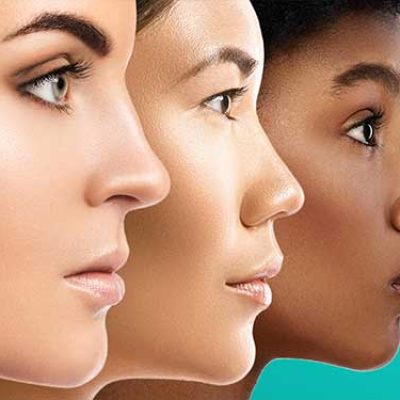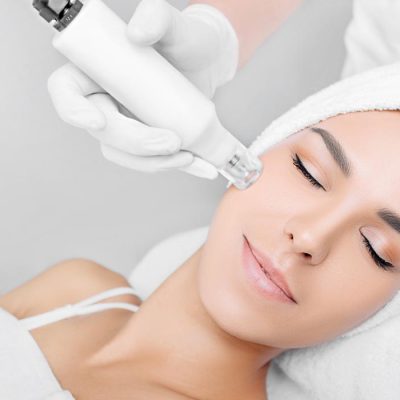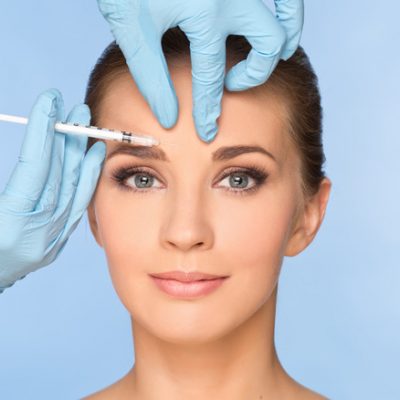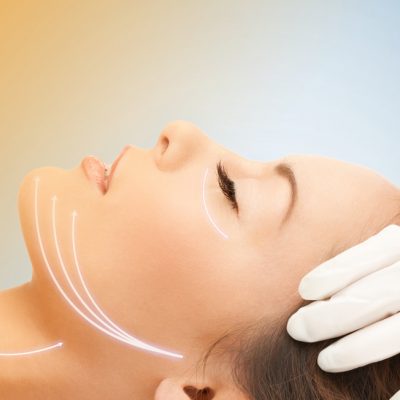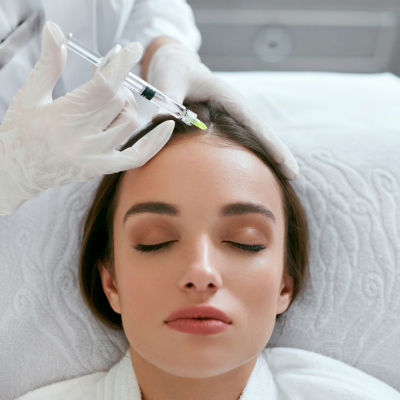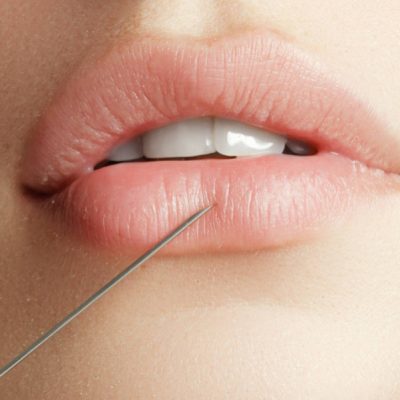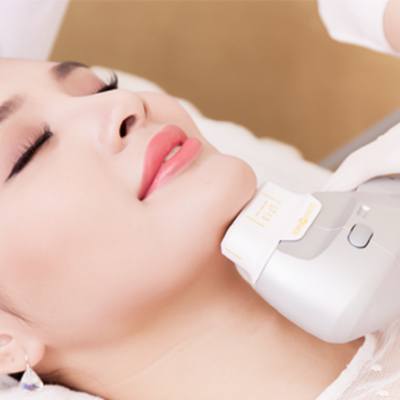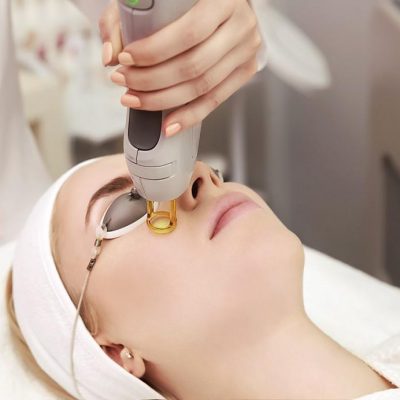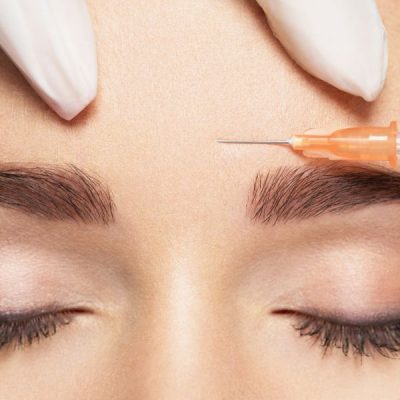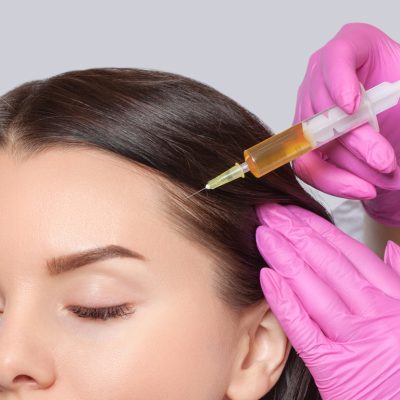Facials can be a great way to help improve acne-prone skin, but it’s important to choose treatments that are specifically tailored to your skin type and concerns. Here are some facial treatments that may be beneficial for acne-prone skin:
Booking : hydrafacial dubai
- Deep cleansing facials: These facials use steam and extractions to remove impurities and unclog pores. They may also include exfoliation to help remove dead skin cells and reduce the appearance of acne scars.
- Chemical peels: Chemical peels can be useful for treating acne-prone skin because they help to exfoliate the skin and remove dead skin cells. This can help to unclog pores and reduce the appearance of acne scars.
- Light therapy facials: Blue light therapy can be particularly effective for treating acne because it helps to kill the bacteria that causes acne. This can help to reduce inflammation and prevent new breakouts from forming.
- Oxygen facials: Oxygen facials can be helpful for acne-prone skin because they help to increase circulation and provide a deep cleanse. This can help to unclog pores and reduce the appearance of acne.
- Anti-inflammatory facials: Facials that contain anti-inflammatory ingredients, such as chamomile and aloe vera, can be helpful for calming redness and inflammation associated with acne.
It’s important to note that while facials can be helpful for acne-prone skin, they should be done in conjunction with a good skincare routine that includes gentle cleansers, non-comedogenic moisturizers, and acne-fighting ingredients like salicylic acid or benzoyl peroxide. Consult with a licensed esthetician or dermatologist to determine the best facial treatment for your skin type and concerns.
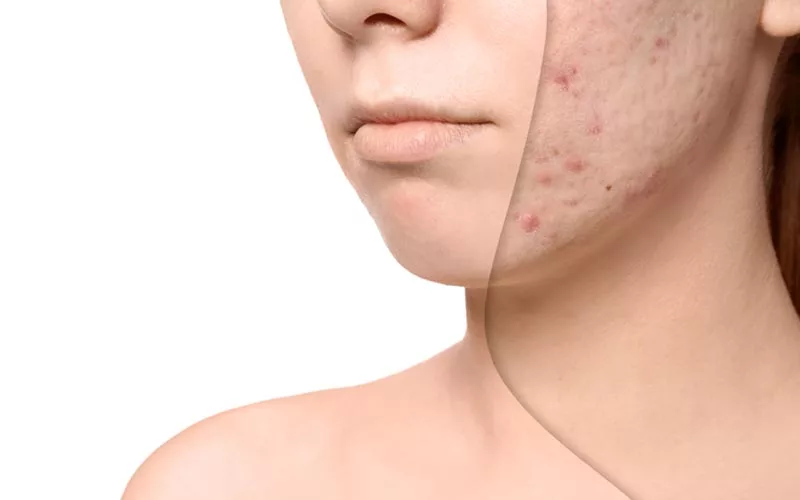
Table of Contents
what is acne ?
Acne is a common skin condition that occurs when hair follicles become clogged with oil and dead skin cells. This can result in the formation of pimples, blackheads, whiteheads, and sometimes deeper cysts or nodules.
Acne can occur anywhere on the body, but it most commonly appears on the face, chest, and back. It can be caused by a variety of factors, including hormonal changes, genetics, stress, and certain medications.
Hormonal changes, particularly during puberty, can cause an increase in oil production, which can contribute to the development of acne. Genetics can also play a role in acne development, as some people may be more prone to developing the condition.
Stress can also be a trigger for acne, as it can cause an increase in the production of certain hormones that can contribute to the development of acne. Certain medications, such as those that contain steroids or lithium, can also cause acne as a side effect.
Treatment for acne varies depending on the severity of the condition. Mild cases of acne may be treated with over-the-counter topical treatments, such as benzoyl peroxide or salicylic acid. More severe cases of acne may require prescription medications, such as topical or oral antibiotics, retinoids, or hormonal treatments. It’s important to work with a dermatologist to develop a treatment plan that is tailored to your individual needs.
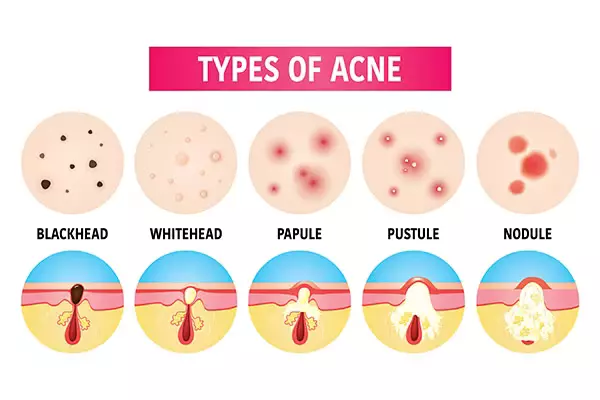
Types of acne
There are several types of acne that can occur on the skin. Here are some of the most common types:
- Whiteheads: These are small, flesh-colored or white bumps that occur when a hair follicle becomes clogged with oil and dead skin cells.
- Blackheads: These are similar to whiteheads, but they have a dark appearance due to exposure to air. They occur when a hair follicle becomes clogged with oil and dead skin cells, and the top of the plug is exposed to air and oxidizes.
- Papules: These are small, red, raised bumps that occur when hair follicles become inflamed.
- Pustules: These are similar to papules, but they contain pus and are often red and inflamed.
- Nodules: These are large, painful, solid lumps that occur deep within the skin. They are caused by a buildup of oil and bacteria and can take a long time to heal.
- Cysts: These are similar to nodules, but they are filled with pus and often require medical treatment to heal.
Acne can also be classified as mild, moderate, or severe, depending on the number and types of blemishes present. It’s important to work with a dermatologist to determine the type and severity of your acne and develop an appropriate treatment plan.

what is acne-prone skin
Acne-prone skin is skin that is more susceptible to developing acne and breakouts. This can be due to a variety of factors, including hormonal imbalances, genetics, and lifestyle habits.
People with acne-prone skin may experience frequent breakouts, blackheads, whiteheads, and cystic acne. They may also have oily skin, which can contribute to the development of acne.
Treating acne-prone skin requires a multi-faceted approach. It’s important to develop a consistent skincare routine that includes gentle cleansing, exfoliating, and moisturizing. Look for products that are non-comedogenic and oil-free, as these are less likely to clog pores and contribute to breakouts.
In addition to a good skincare routine, there are several lifestyle changes that can help improve acne-prone skin. Eating a healthy, balanced diet, getting enough sleep, and managing stress levels can all help reduce the frequency and severity of breakouts.
If over-the-counter skincare products are not effective in treating acne-prone skin, it’s important to consult with a dermatologist. They may recommend prescription medications, such as topical or oral antibiotics, retinoids, or hormonal treatments, depending on the severity of the acne.

Deep cleansing facials
Deep cleansing facials can be beneficial for acne-prone skin, as they help to remove impurities and unclog pores. Here are some techniques that may be included in a deep cleansing facial for acne-prone skin:
- Steam: Steam can be used to open up pores and soften the skin, making it easier to remove impurities. This can be done with a facial steamer or a warm towel.
- Exfoliation: Exfoliation can help to remove dead skin cells and unclog pores. This can be done with a gentle scrub or chemical exfoliant.
- Extractions: Extractions involve using a tool to remove blackheads, whiteheads, and other impurities from the skin. This should only be done by a licensed esthetician to avoid causing damage to the skin.
- High-frequency treatment: High-frequency treatment uses a small electrical current to kill bacteria and reduce inflammation in the skin. This can help to prevent new breakouts from forming.
- LED light therapy: Blue light therapy can be particularly effective for treating acne because it helps to kill the bacteria that causes acne. This can help to reduce inflammation and prevent new breakouts from forming.
It’s important to note that while deep cleansing facials can be helpful for acne-prone skin, they should be done in conjunction with a good skincare routine that includes gentle cleansers, non-comedogenic moisturizers, and acne-fighting ingredients like salicylic acid or benzoyl peroxide. Consult with a licensed esthetician or dermatologist to determine the best facial treatment for your skin type and concerns.
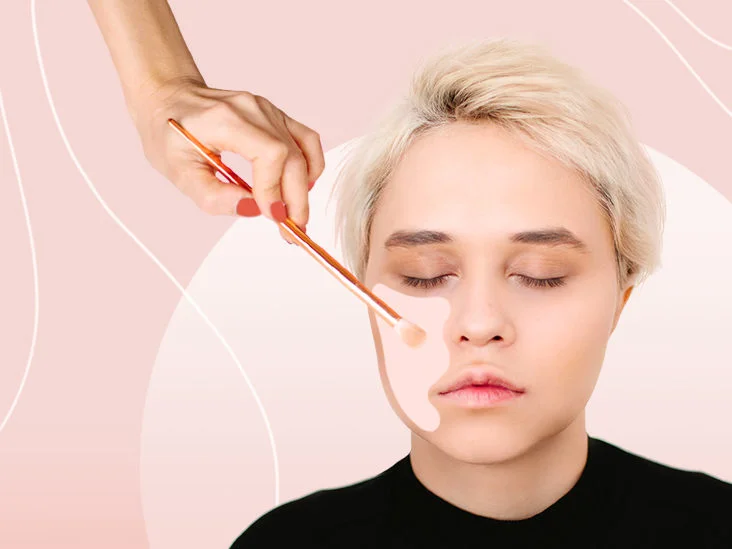
Chemical peels for acne-prone skin
Chemical peels can be a useful treatment for acne-prone skin, as they can help to exfoliate the skin and remove dead skin cells and impurities that can contribute to breakouts. Here are some things to consider when using chemical peels for acne-prone skin:
- Type of peel: Superficial and medium peels are typically effective for treating acne-prone skin, as they help to remove dead skin cells and excess oil. Deep peels may not be suitable for acne-prone skin, as they can be more aggressive and may cause irritation.
- Active ingredients: Look for chemical peels that contain acne-fighting ingredients, such as salicylic acid or benzoyl peroxide, to help target breakouts and prevent new ones from forming.
- Frequency: It’s important to use chemical peels for acne-prone skin in moderation, as using them too frequently can irritate the skin and make acne worse. Consult with a licensed esthetician or dermatologist to determine the appropriate frequency for your skin type and concerns.
- Aftercare: After a chemical peel, it’s important to follow the recommended aftercare instructions to avoid irritation and promote healing. This may include avoiding sun exposure, using a gentle cleanser and moisturizer, and avoiding certain skincare products for a period of time.
It’s important to note that while chemical peels can be helpful for acne-prone skin, they should be used in conjunction with a good skincare routine that includes gentle cleansers, non-comedogenic moisturizers, and acne-fighting ingredients like salicylic acid or benzoyl peroxide. Consult with a licensed esthetician or dermatologist to determine the best treatment plan for your individual needs.

Light therapy facials
Light therapy facials are a type of facial treatment that use LED (light-emitting diode) technology to help improve the appearance of the skin. The treatment involves exposing the skin to different wavelengths of light, which can have various benefits depending on the color of the light used.
Here are some common types of light therapy used in facials:
- Blue light therapy: Blue light therapy is often used to treat acne, as it helps to kill the bacteria that causes acne. It can also help to reduce inflammation and prevent new breakouts from forming.
- Red light therapy: Red light therapy is often used to promote collagen production and reduce the appearance of fine lines and wrinkles. It can also help to improve the overall texture and tone of the skin.
- Green light therapy: Green light therapy is often used to reduce hyperpigmentation and improve the appearance of sun damage.
- Yellow light therapy: Yellow light therapy is often used to reduce inflammation and improve the overall tone of the skin.
Light therapy facials are generally considered safe for most skin types, but it’s important to consult with a licensed esthetician or dermatologist before undergoing treatment to ensure that it is safe and appropriate for your individual needs. The treatment typically involves a series of sessions, and the number and frequency of sessions will depend on the individual’s skin type and concerns. After a light therapy facial, it’s important to follow the recommended aftercare instructions, which may include avoiding sun exposure and using a gentle cleanser and moisturizer.

Oxygen facials
Oxygen facials are a type of facial treatment that involves infusing oxygen into the skin to help improve its overall appearance. The treatment typically involves a machine that sprays a mist of oxygen and other beneficial ingredients, such as vitamins and antioxidants, onto the face.
The benefits of oxygen facials may include:
- Improved circulation: The oxygen mist helps to increase blood flow to the skin, which can help to improve its overall health and appearance.
- Hydration: The oxygen mist can help to hydrate the skin, making it look plumper and more youthful.
- Reduced inflammation: The oxygen mist can help to reduce inflammation in the skin, making it look less red and irritated.
- Improved cell turnover: The oxygen mist can help to stimulate cell turnover, which can help to improve the texture and tone of the skin.
Oxygen facials are generally considered safe for most skin types, but it’s important to consult with a licensed esthetician or dermatologist before undergoing treatment to ensure that it is safe and appropriate for your individual needs. The treatment typically involves a series of sessions, and the number and frequency of sessions will depend on the individual’s skin type and concerns.
After an oxygen facial, it’s important to follow the recommended aftercare instructions, which may include avoiding sun exposure, using a gentle cleanser and moisturizer, and avoiding certain skincare products for a period of time.
Anti-inflammatory facials
Anti-inflammatory facials can be beneficial for acne-prone skin, as they can help to reduce inflammation and redness, which are common symptoms of acne. Here are some techniques that may be included in an anti-inflammatory facial for acne-prone skin:
- Gentle cleansing: Gentle cleansing is important for acne-prone skin, as harsh cleansers can strip away natural oils and irritate the skin. Look for a gentle, non-comedogenic cleanser that won’t clog pores or contribute to breakouts.
- Exfoliation: Exfoliation can help to remove dead skin cells and unclog pores, but it’s important to use gentle exfoliants that won’t irritate the skin. Chemical exfoliants, such as alpha-hydroxy acids (AHAs) or beta-hydroxy acids (BHAs), may be particularly effective for acne-prone skin.
- Soothing masks: Soothing masks, such as those containing ingredients like aloe vera, chamomile, or green tea, can help to reduce inflammation and calm the skin.
- Massage: Facial massage can help to improve circulation and promote lymphatic drainage, which can help to reduce puffiness and improve skin tone.
- LED light therapy: Red light therapy can be particularly effective for treating acne-prone skin, as it helps to reduce inflammation and promote healing.
It’s important to note that while anti-inflammatory facials can be helpful for acne-prone skin, they should be used in conjunction with a good skincare routine that includes gentle cleansers, non-comedogenic moisturizers, and acne-fighting ingredients like salicylic acid or benzoyl peroxide. Consult with a licensed esthetician or dermatologist to determine the best facial treatment plan for your individual needs.
More Posts
- What is micropigmentation? Everything about it
- what is mesoneedling
- Rejuvenation with Electroneedling
- What is stretch marks? 5 Cause and method of treatment
- types of fillers
- Skin rejuvenation methods and treatments
- Pregnancy acne treatment in Dubai
- The Benefits of Forma Treatment
- redness after hydrafacial
- mesotherapy aftercare
- Neck Thread Lift
- Chin Thread Lift
- Forehead Thread Lift
- Nose Thread Lift
- Dubai Eyebrow Thread Lift
- Face Thread Lift Dubai
- Cleansing facial pores
- Professional Skin Analysis and Recommendations
- even Skin Tone and Texture (improve,Clarification,serum)
- Anti Aging Effects
- Relaxation and Stress Relief with a facial
- Hydration and Moisturization
- Deep Cleansing And Exfoliation : A Comprehensive Guide
- The Benefits of Facial Massage
- Facials for acne-prone skin
- Facials for oily skincare routine
- skincare routine for sensitive skin
- Skin types and facials:Normal skin,Oily skin,Dry skin,Sensitive skin
- DIY facial recipes
- Benefits of facials 5 Benefits
- Different types of facials


